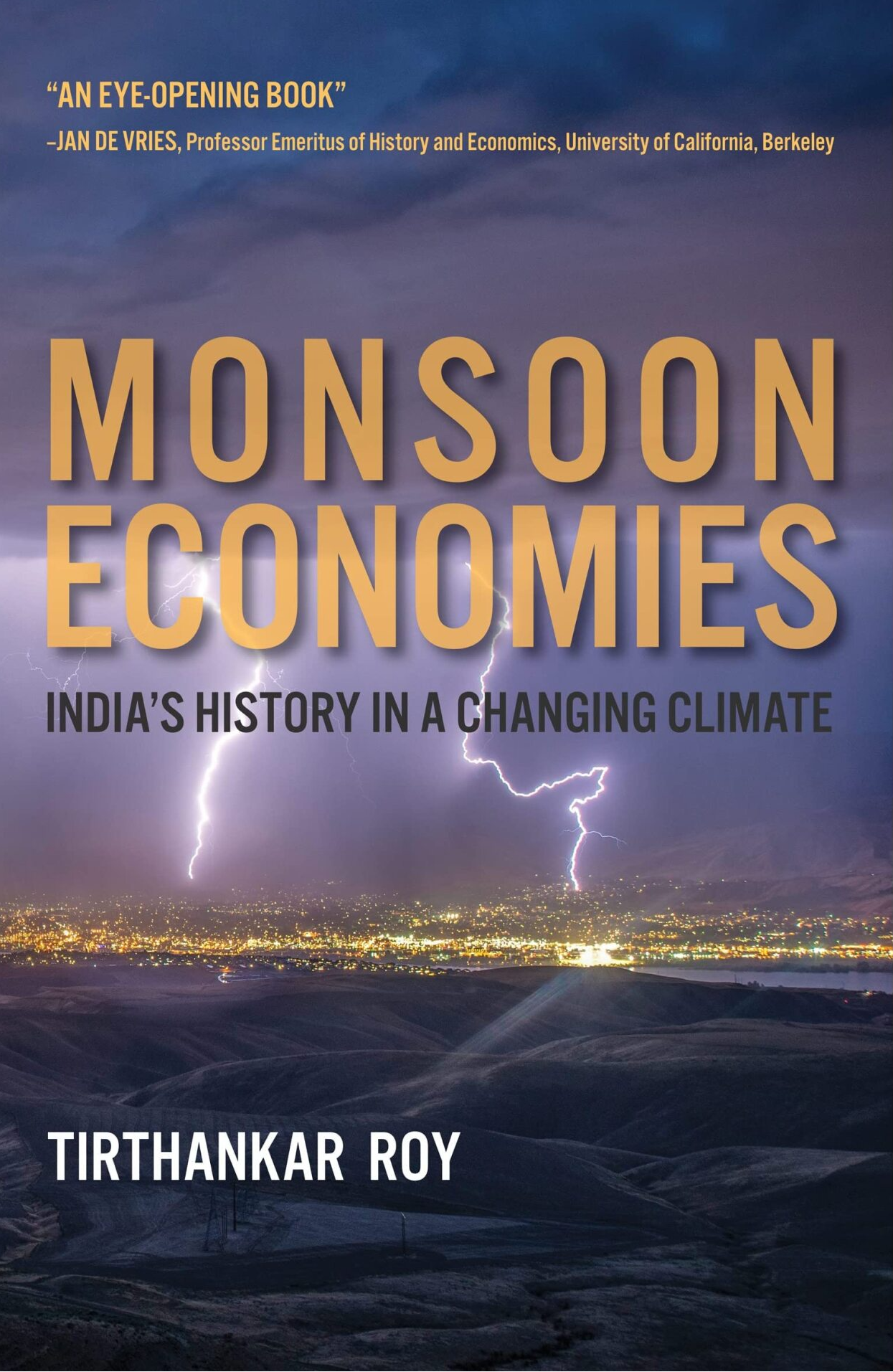Monsoon Economies offers a radical new reading of the emergence of modern South Asia, one in which the interaction between climate and the economy takes centre stage.
The book argues that South Asia’s economic and population growth was driven by efforts to overcome limited and unequal access to water—a challenge shaped by the tropical monsoon climate. From 1880 onward, water security improved through overlapping movements: famine relief, equality campaigns, urban water systems, canals, dams, legal reforms, and conservation technologies. After colonial rule ended, governments expanded this legacy. Between 1880 and 2015, per capita water use rose fourfold. Yet these gains came with environmental and political costs: falling renewable water, limited canal reach, and urban–rural tensions. The book challenges Western-centric growth theories, showing that South Asia’s struggle with aridity shaped its development path, and not the malign influence of colonialism or institutional backwardness. Water access was as central to India’s economic history as fossil fuels were to Britain’s, telling us that there is no single model of prosperity.
